Horsetail decoction in our vineyards
First decoction of Field Horsetail on our vines, just at the right time: during the week before the Easter full moon.
Dried Field Horsetail (Equisetum arvense), supposedly the best variety for this decoction. We also have Branched Horsetail (Equisetum ramosissimum) which grows in one of our vineyards, it remains to be seen if its small silica crystals have the same qualities as those of field horsetail...?
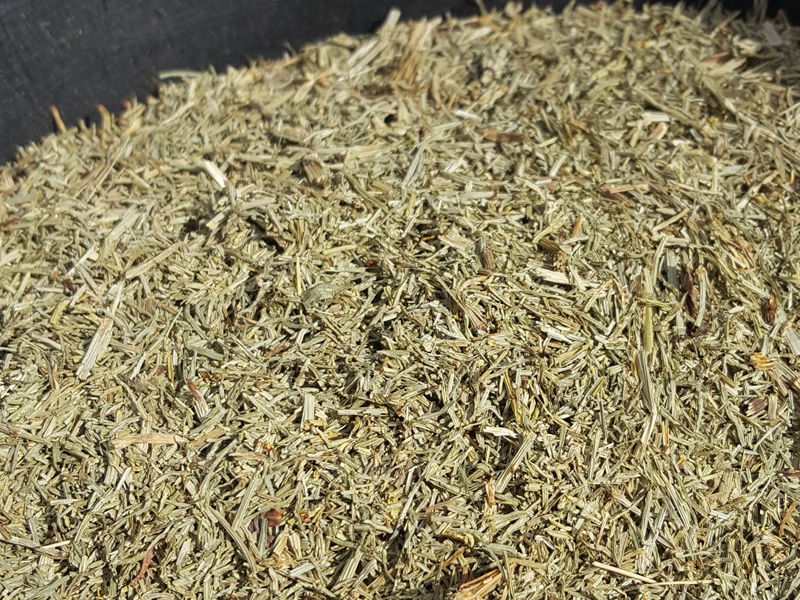
First step: we soak all night in fresh water.
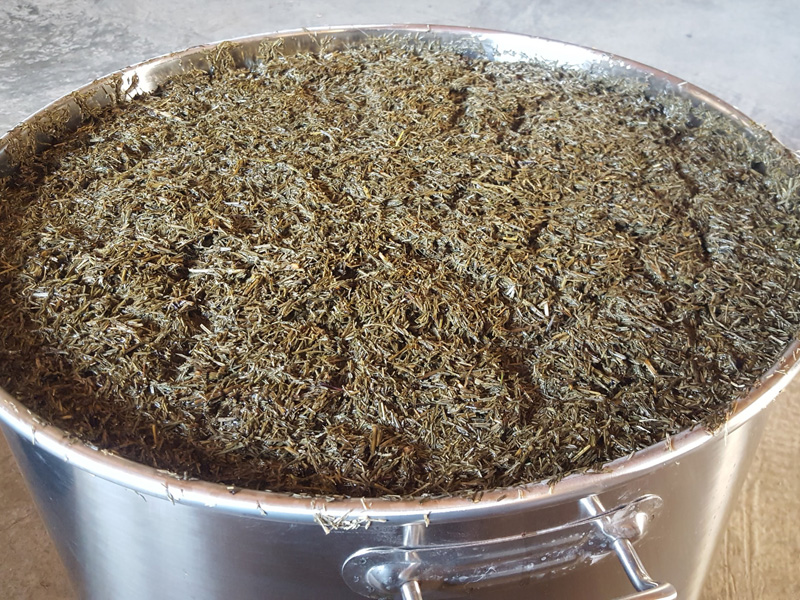
Second step: bring to a boil and let it boil on low heat for 30 minutes (covered, but we removed the covers for the picture).
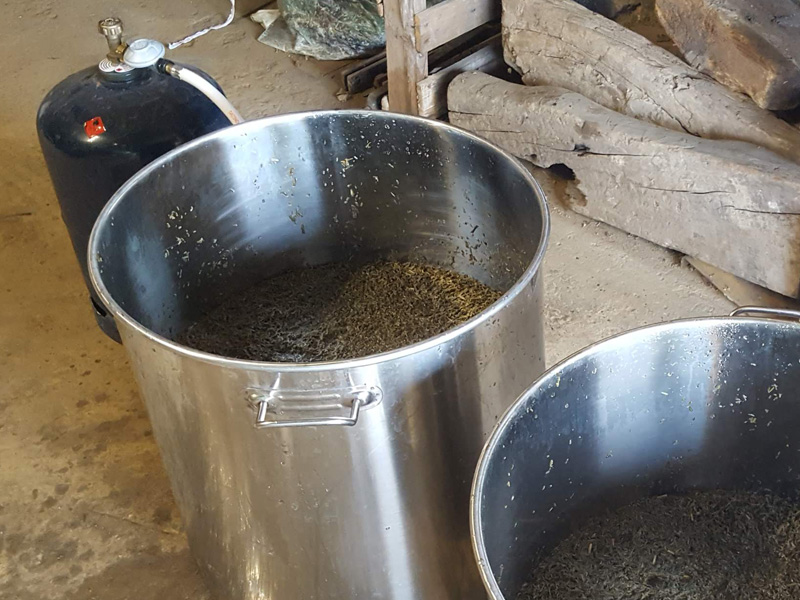
Third step: after having let it cool and macerate until the next day, it is filtered and packaged in airtight cans.

Fourth stage: we dilute in the pulverizer (we use the water of our drilling, and surely not that of the public network which is too calcareous and too polluted).

Fifth stage: last adjustments and on the way for the spraying, at the end of the day and the beginning of evening (not to burn). We finish with the headlights... and we continue the following evening!
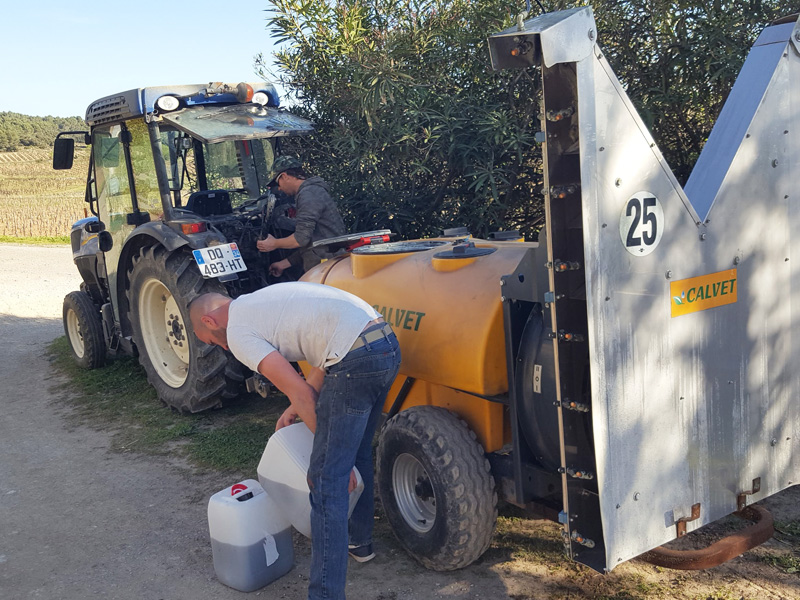
The silica in horsetail will strengthen the cell structure of young leaves and help protect them from fungi such as mildew and powdery mildew.
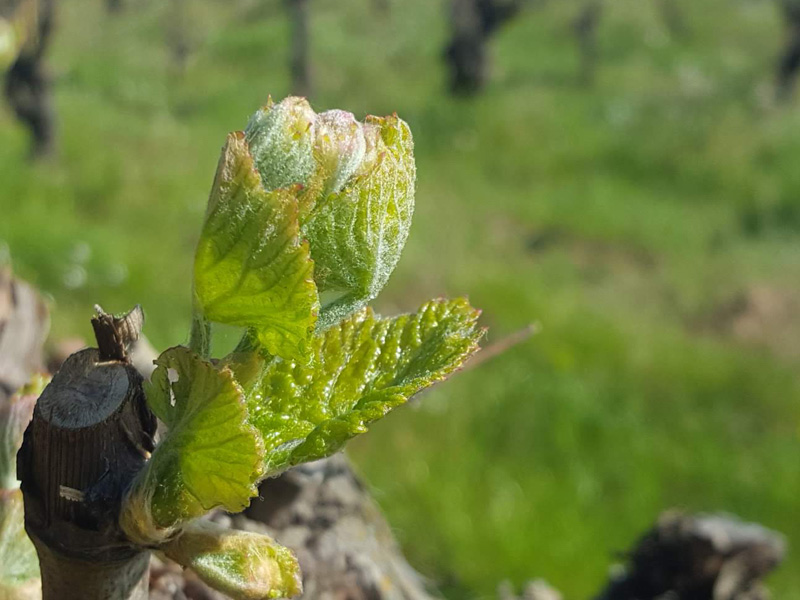
Spraying the soil will also delay the maturity of mildew "eggs" that have spent the winter there and are waiting for the conditions that are favorable to them to develop (so they will be delayed and "grow" at the wrong time for them ;-) ).
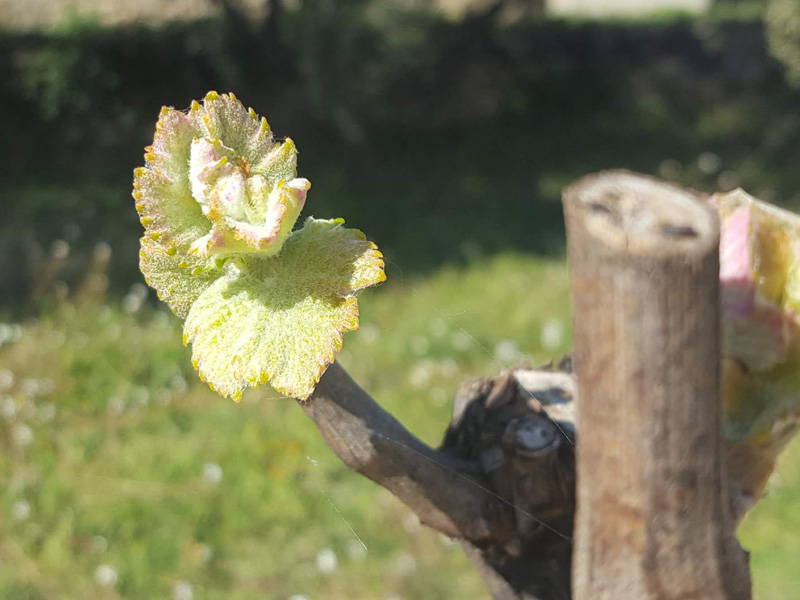
Share this content

